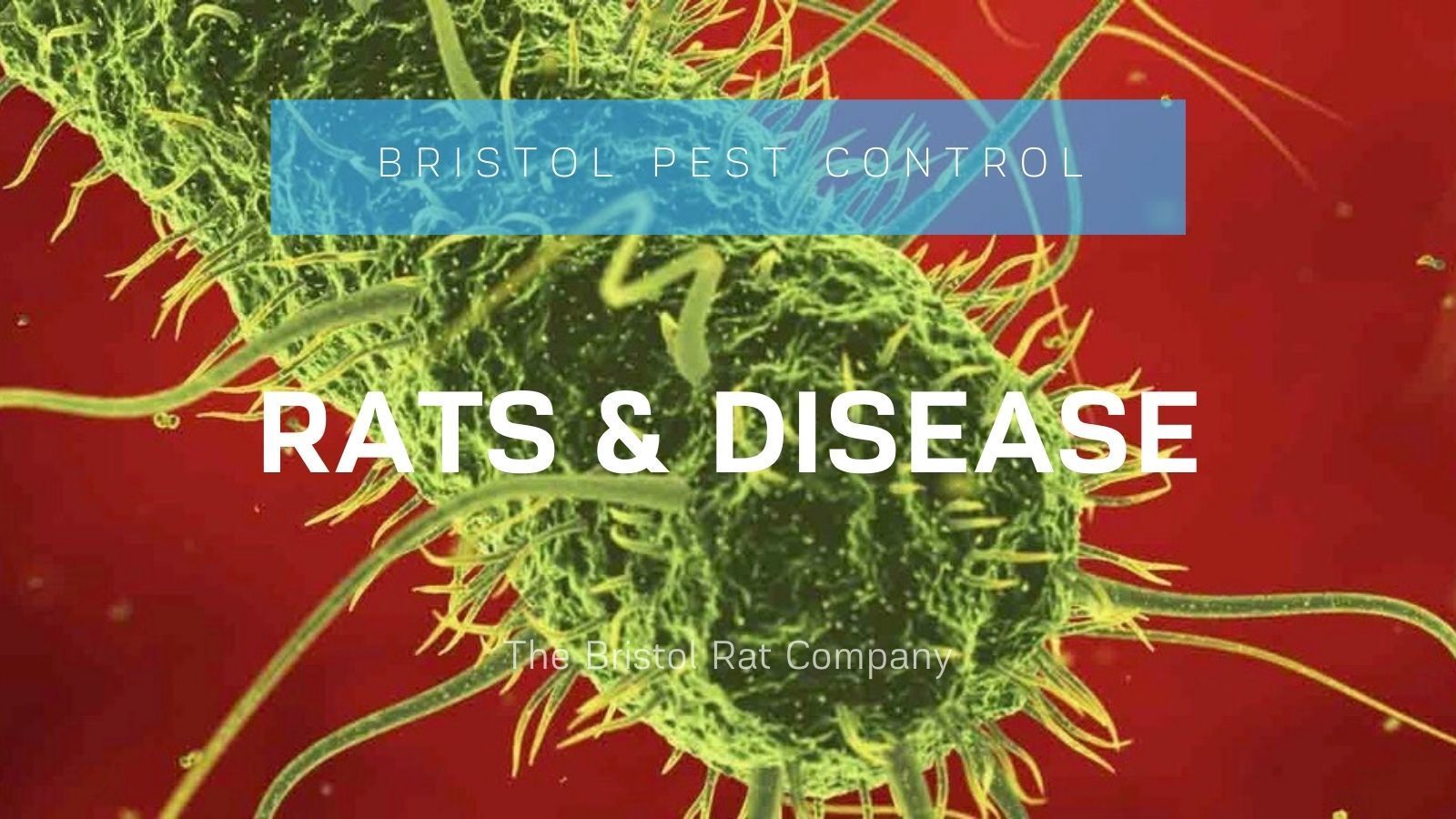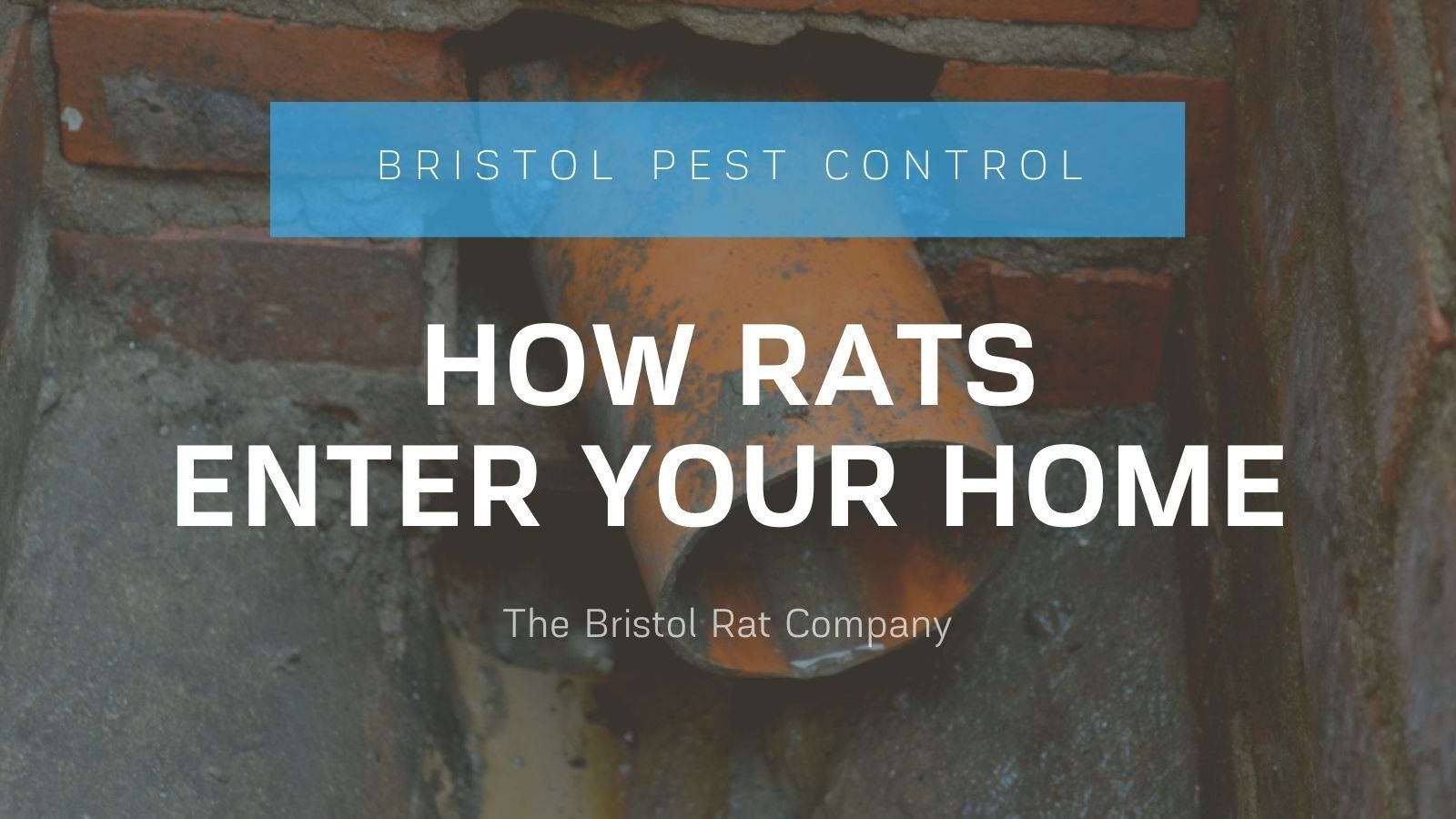RATS
Contact Us
We will get back to you as soon as possible.
Please try again later.
Goodbye: Bait, Stink, Flies, Repeat!
Fall In Love With Your Home Again.
Rat Control That Solves?
We "SOLVE" rat problems. This helps you avoid the traditional cycle of Bait - Stink - Flies - Repeat! Bristol pest control customers can now enjoy the tranquillity of a rodent-free home. "UNIQUE INSPECTIONS".
Drains, wall cavities, roof voids, cellars, and Kitchens, etc, are all considered in our unique inspection process. Everything we do is focused on solving your rat problem and not just treating it. Better still, in some cases the solution is free!
How To Get Rid Of Rats
Most rodent control in Bristol is a consequence of faulty drains. Drain investigation is an area in which we specialise. Surveying and repairing damaged or redundant drain branches and gullies almost every day.
One unique difference between ourselves and other drain operators is our willingness to help you work with insurers.
Insurance can be a complicated area for customers to navigate alone, so we try to streamline this for you. Most clients with rat problems never realise their building's insurance cover will often pay for drain remediation and even rodent control.
Rats - The Facts - The Truth - The Answers
What Diseases Do Rats Transmit?
Rat borne diseases and parasites represent a significant public health threat. Those Most At Risk Include Children, Pregnant Women, The Elderly, and people Convalescing.
Salmonella - Severe and sometimes fatal food poisoning.
Tularemia - If bitten by a rat this bacteria can attack your immune system and lungs.
Leptospirosis - Weil's disease - a notifiable disease, leading to multi-organ failure and death.
E.coli 0157 - This frightening disease from rat faeces causes renal failure and intestinal bleeding.
Lymphocytic Choriomeningitis - Viral Meningitis that starts of innocently like the flue.
Plague - Very rare in this country, but cannot be excluded from thought.
How Rats Spread Diseases And Parasites

The Most Common Routes Of Transmission Include:
Biting - you, your children, family, pets, or livestock
Urine & Droppings - Infecting your groceries and work surfaces with urine and over 30 droppings each per night
Being eaten - by your pets
Contaminating - pets and your pets food and water
Spreading - blood-sucking parasites like fleas and mites
Contaminating - water supplies especially where they fall into water tanks
What Do Brown Rats Look Like?
Key Features Of The Common Brown Rat (Rattus norvegicus):

Diseases Include: Bubonic plague, Typhus and Weil's disease are among the best known.
Life Span: 1 - 2 Years
Length (body only): 15 - 25 cm (body only) - up to 45cm including tail
Weight: over 500g when mature
Colour: brown, charcoal
Sexual Maturity: 4 - 6 Weeks
Gestation Period: 21 days
Number of litters: 8 per year
Number of young: 6 - 12 per litter
Diet: They are Omnivores, feeding on almost anything.
Daily food: 25 - 50g
Daily water intake: 100ml per 100g
Where Do Rats Come From?

Research suggests that Brown Rats in the UK originated in northern China over a million years ago. These rats also developed a relationship with human populations, a relationship that has endured for thousands of years.
We call this relationship commensalism or symbiosis. The Introduction into the UK is believed to have occurred via ships from the far east in the 1600s. Brown rats are now found in almost every corner of the globe except the Arctic and Antarctic regions.
How Are Rats Controlled?
Rats are controlled in two ways. The first and most popular method is to control populations with lethal control methods. The second and least popular method is exclusion and environmental control. So what's the difference?
The most popular methods of lethal control include Trapping (cages, snap-traps, glue boards), Poisoning (bait, liquid feeds, contact poisons), Shooting (air-weapon, fire-arms, shot-gun).
The most popular methods of environmental control include Proofing/Exclusion (preventing rats entering an area) or Line of sight (ensuring all sources of cover, concealment and encouragement are reduced).
Successful control demands that a variety of these methods are married together. Only by using a combined and integrated methodology will it be possible to control rats successfully in the longer term. However, the fact remains that adjoining properties might not share your proactive stance.
In time the rodent population will return.
It might be in five minutes or five years, but eventually, they will return - and you must be ready for them! Eliminating pest infestations can be a complex task, but commonly the best scenario is to always focus on controlling a rodent population as close to its source as possible.
Drain faults and building faults are by far the most common routes of rat entry into our homes and structural repairs and proofing by experts like ourselves can solve a rat problem for good.
Poison and traps have their place but repairs and proofing are always preferable because they solve the problem and don't just subdue it for a few weeks or months.
The Bristol Rat Company - Rat Control That Solves.